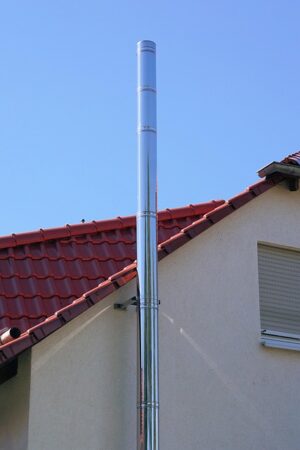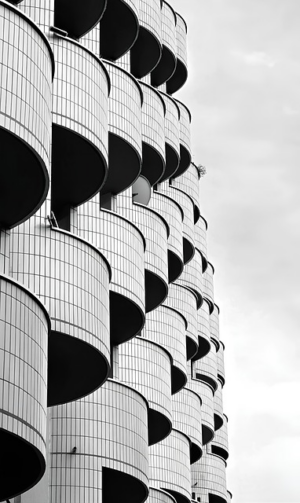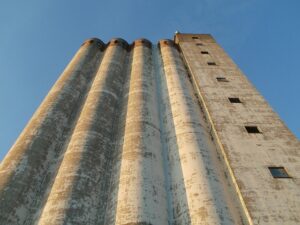Destratification fans combat thermal stratification in spaces, optimizing HVAC efficiency and improving comfort. Ceiling-mounted with adjustable speeds, they redistribute warm air, enhancing circulation and eliminating hot spots. Ideal for commercial and industrial settings, these fans offer significant energy savings by addressing specific cooling needs, making them a game-changing solution for temperature control and operational efficiency. Future advancements include smart controls and innovative engineering for enhanced performance and cost savings.
“Discover the power of customizable airflow control with variable-speed destratification fans. This cutting-edge technology is transforming various industries by efficiently addressing temperature disparities within spaces. In this article, we explore the benefits and key features of destratification fans, from their ability to mix air evenly to their variable speed settings. We delve into applications across different sectors, highlighting how this technology enhances comfort, energy efficiency, and productivity. Additionally, we gaze into future trends, anticipating innovations that will further revolutionize destratification fan design.”
- Understanding Destratification Fans and Their Benefits
- Key Features of Variable-Speed Destratification Fans
- Customizable Airflow Control: A Closer Look
- Applications and Industries Benefiting from This Technology
- Future Trends and Innovations in Destratification Fan Design
Understanding Destratification Fans and Their Benefits
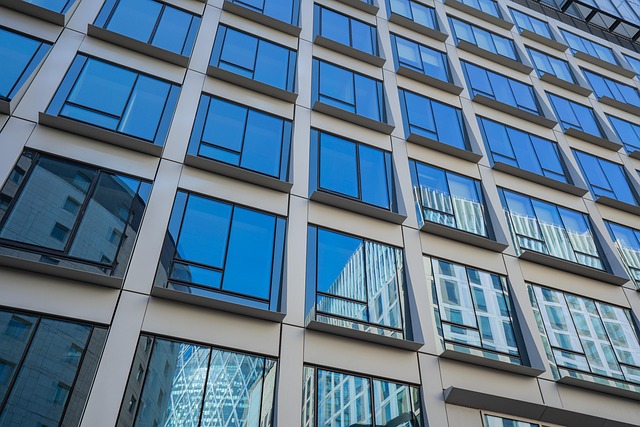
Destratification fans are designed to combat thermal stratification—the tendency for warm or cold air to rise and pool in a space, creating uneven temperature control. These innovative devices offer a precise solution to optimize HVAC efficiency and improve indoor comfort. By redistributing warm air back down into occupied zones, destratification fans enhance air circulation and create a more even temperature throughout the space, eliminating hot spots.
In commercial and industrial cooling applications, they prove invaluable. Ceiling-mounted fans with adjustable speed settings allow for customizable airflow control, enabling optimal energy savings. This is particularly beneficial in large, open spaces where air mixing technology can ensure every area receives adequate ventilation and temperature regulation. Such fans are a game-changer, offering both comfort and efficiency in various environments.
Key Features of Variable-Speed Destratification Fans

Variable-speed destratification fans stand out for their customizable airflow control, making them a game-changer in managing thermal stratification. Unlike static fans that operate at fixed speeds, these fans offer significant advantages with their ability to adjust air circulation according to specific needs. This feature is particularly beneficial in commercial applications and industrial cooling environments where maintaining optimal temperature control is paramount.
Their ceiling mounted design allows for efficient warm air redistribution, ensuring even heat distribution throughout spaces. Leveraging advanced air mixing technology, these fans significantly enhance HVAC efficiency by preventing the formation of cold spots and hot zones. Moreover, their variable-speed capabilities translate to remarkable energy savings, as they only utilize the exact power required to achieve desired airflow and temperature levels.
Customizable Airflow Control: A Closer Look
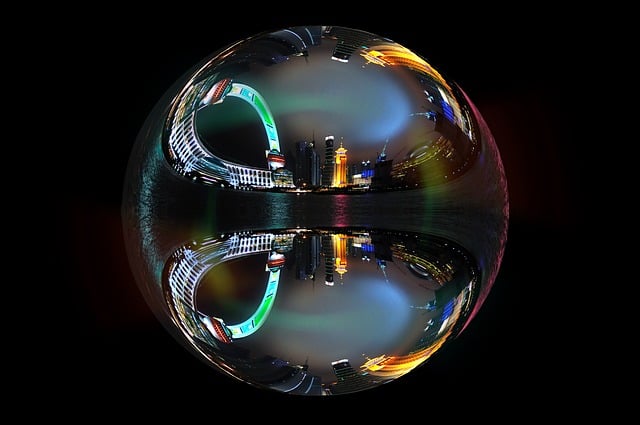
Customizable Airflow Control: A Closer Look
Variable-speed destratification fans are transforming the way we manage air circulation in both industrial cooling and commercial applications. These ceiling-mounted fans go beyond mere air movement; they offer precise temperature control and warm air redistribution, addressing the root cause of thermal stratification. By adjusting fan speed, these innovative solutions enable significant energy savings while enhancing HVAC efficiency.
In terms of functionality, destratification fans utilize advanced air mixing technology to ensure optimal distribution of cool or warm air throughout a space. This not only improves comfort but also reduces the overall load on heating and cooling systems. For industrial settings, where large areas require consistent temperature control, these fans prove indispensable. Similarly, in commercial spaces like offices, retail stores, and hotels, they contribute to both operational efficiency and occupant satisfaction.
Applications and Industries Benefiting from This Technology

The application of variable-speed destratification fans spans a wide range of industries and commercial settings. These fans are particularly beneficial in areas facing challenges related to thermal stratification, where warm air tends to rise to the ceiling, creating uneven temperature distribution. By providing customizable airflow control, destratification fans offer an efficient solution for achieving optimal comfort and energy savings.
In industrial cooling applications, such fans help maintain a consistent temperature across large spaces, enhancing worker productivity. Commercial buildings, from offices to retail stores, also gain significant advantages through improved HVAC efficiency and better temperature control. Ceiling-mounted destratification fans are particularly useful for redistributing warm air, ensuring that occupants enjoy comfortable environments without unnecessary energy consumption. Air mixing technology enabled by these fans contributes to overall energy savings while enhancing the ambiance in various settings.
Future Trends and Innovations in Destratification Fan Design

As technology advances, the future of destratification fans looks promising with several exciting trends and innovations on the horizon. One prominent trend is the integration of smart controls and connectivity, allowing users to customize air circulation patterns remotely via smartphones or tablets. This not only enhances convenience but also contributes to improved HVAC efficiency, especially in commercial applications. These smart fans can learn user preferences and automatically adjust settings for optimal temperature control.
Additionally, researchers are exploring novel materials and designs to improve ceiling-mounted fans’ energy savings and air mixing technology. Advanced engineering techniques aim to create more efficient motors, enhancing overall fan performance while reducing power consumption. Such innovations promise significant benefits in industrial cooling scenarios, where minimizing thermal stratification and maximizing warm air redistribution can lead to substantial cost savings and improved working environments.
Variable-speed destratification fans offer a revolutionary approach to customizable airflow control, catering to diverse industry needs. By providing precise adjustments, these fans ensure optimal environmental conditions, enhance energy efficiency, and contribute to improved comfort and productivity across various applications. As technology advances, we can expect further innovations in destratification fan design, making them indispensable tools for creating well-regulated indoor environments.





